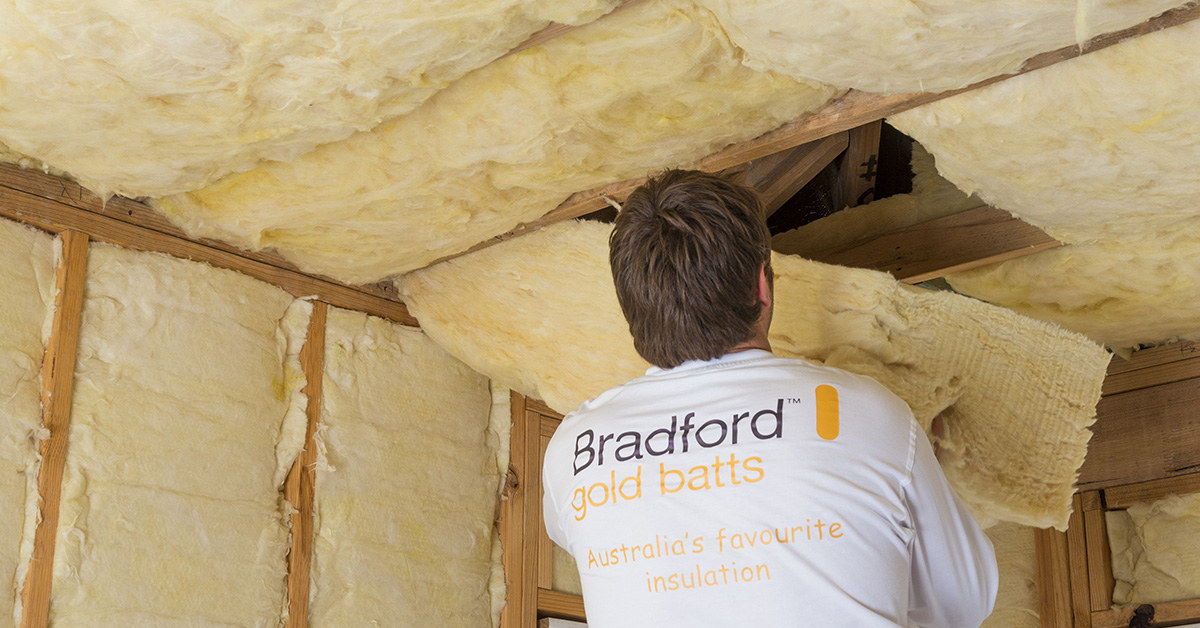Choosing the best insulation for your home is important that s why we recommend you consider all your options beforehand.
Roof insulation ratings australia.
An uninsulated ceiling can contribute to 35 of your homes winter heat losses and summer heat gains.
Compare the environmental benefits of different products.
How to install insulation.
Very light coloured roofs absorptance 0 4 r4 1.
We recommend installing a minimum of r4 0 ceiling insulation.
Ask about recycled content and how easily the product can be recycled after use.
R value is a measure of insulation s ability to resist heat traveling through it.
With australia s rising energy prices we recommend choosing the highest r value you can afford.
The higher the r value the better the thermal performance of the insulation.
Light coloured roofs 0 4 absorptance 0 6 r4 6.
Those in the freezing alpine areas of australia require insulation with at least an r value of 6.
The r value is a measure of the insulation batt s resistance to heat flow also known as thermal resistance.
R values the r value is a measure of a material s resistance to heat flow known as thermal resistance.
The greater the r value the greater the resistance to heat transfer and the greater the insulating effect and subsequent energy savings.
Roof insulation r value ranges from r2 5 to r7 0 and are between 120mm and 290mm thick.
Direction of heat flow.
See the department of energy s doe ranges for recommended levels of insulation below.
Dark coloured roofs absorptance 0 6 r5 1.
It s recommended that you install foil backed insulation in your roof to an r value of r1 0 or higher.
In australia ceiling insulation is available in a variety of brands and r values ranging from a r3 5 to r7 0.
All insulation materials that are sold in australia must meet australian standard as nzs 4859 materials for the thermal insulation of buildings even if they are imported.
The table below shows what levels of insulation are cost effective for different climates and locations in the home.
Insulation in zones 1 and 2 typically require an r value of 3 or 4 while properties in zones 3 to 7 will require an r value of at least 5.
Direction of heat flow.
Typical recommendations for exterior walls are r 13 to r 23 while r 30 r 38 and r 49 are common for ceilings and attic spaces.

